
birddog486
Members-
Content count
207 -
Joined
-
Last visited
Posts posted by birddog486
-
-
-
-
What is your CG? That seems a little high on the stall speed compared to the one I flew. DA has a lot to due with it too though.

CG for the flight was about 13.2 and a DA 1500 at the surface. I was maintaining 3000' msl
On the plane you flew with the extended speed wing, did the builder also extend the flaperons? I decided against that and added an extension tube to the inboard side of the flaperon thus moving it 3 feet away from the fuse. With the amount of washout in the wing and setting the flaperon to the manual maybe I'm loosing some lift from the flaperon.
-
So the extended speed wing on this plane stops flying at an indicated 46 mph in a clean configuration and it was a full break, nose drop stall. Now I just need to train myself how to do this strange cross controling that needs to be done to stay cordinated while making a turn.
Travis
-
Thanks Jim, As far as the ASI goes its a Dynon D60 and I dont have a static system, I'm just vented to the interior. Thats another reason for the question on speeds. I'm hoping it'll be good calm weather for tomorrows early AM flight so I can get some GPS speeds to compare.
Travis
Congratulation on the first flight. My first thought with buffeting at 50 MPH would be to wonder if your ASI is accurate. A lot of them aren't. I would expect the stall to be between 40 and 45 MPH actual speed.
-
This is an extended speed wing. As this was the first flight I didn't take it all the way to a stall so I could have a ways to go before it broke, maybe tomorrow. I'd just like an idea where others are at.
Travis
YMMV: As a rule I use 60 mph in my Kitfox. This gives a good rate of climb with margins, and also as an approach speed it works well.
What wing do you have? I would be real surprised to see buffeting at 50 mph in an avid. -
I'm wondering if some of you guys running the 912 can give me some V speeds. I had the first flight today and It flew awesome but I'd like to compare my speeds to others so I have an idea of what to expect. Today I took off and climbed to 2000 feet, throttled back to 4800 and was holding about 90 mph. I slowed it down to 60 mph and had no problem holding alt, at 55 I couldnt hold altitude and, at approx 500 fpm decent rate trying to maintain 50 I could feel the buffet. I didn't use flaps.
Travis
1 person likes this -
I know of no Kitfox setup that ever put the 912 oil tank behind the seat. Only the Avid. The Kitfox 1-4 FWF puts the tank (too) high and behind the engine, requiring the reversal of the intake manifolds. Birddog, what are the specs for distance on the oil lines? I never knew there was a spec for that.
I hope you can get more than 150º on the oil once you are flying. You may need to actually insulate the oil lines to keep heat in.
One of the theories why my friend's setup failed is that he was never able to get the oil up to temperature. The thick cold oil would not pump easily and bubbles formed in the pump causing cavitation and eventual erosion on the impeller which finally failed.
He has since converted to a newer Airdale built motor mount which puts the tank under the cowl on the right side of the engine. No more problems.
In the May 2007 Rotax 912 installation manual (page 71) the max distance from engine to oil tank is 10 feet using a 13mm line or roughtly 1/2"
-
Thanks for the heads up on the oil tank. I did quite a bit of research on putting it back there and I did here a story or two about problems that were thought to have been caused by the tank being that far away. However I think there's more to the story as far as what caused the problems with those installs. In the Rotax installation manual there is a maximum & minimum height, distance and tubing size recomendation and this install is within the specs given by Rotax so I'm hoping I dont need to make any changes but time will tell.
Before I made up my mind on the placement of the tank I was able to get in touch with a handfull of 912 builders that have the oil tank under the baggage compartment and there are a couple that are over 1000 hrs with this setup and have had no problems.
I do have an EIS thats setup with the flashing red light so if a problem presents itself it wont be missed until it's to late. As of now this install has about 2 hrs running on it and It has no problem with oil pressure holding in the 70's when its up to temp. The warmest I've seen the oil on the ground is 150 at 4000rpm for an extended amount of time so I'm curious what kind of temps I'll be getting when she's in the air.
Travis
-
-
CONGRATS! Thanks Chris
That thing is going to rip! Nice looking bird. Expect 90-100 MPH @ 3.5 GPH burn.
A couple questions:
Have you installed a doubler in the nose fork tube? Very important with bigger engine! You don't want it to buckle. Yes, I have a doubler in the nose tube.
What is your empty CG? Did you have to put weight in the tail,the battery or both? Curious how much the plane weighs and how much weight you had to add if you did. The plane empty weight came in at 667# and an empty cg at 12.145 The most FWD is 13.039 and the cg for the test flight will be 13.192 The battery and ELT are in the tail, theres no additional weight added.
Temperature management may be an issue. If it is, restricting airflow into the two cheek holes will pull more flow through the oil and water radiators. Every 912 install I have seen in an Avid has needed some restriction in the cheek holes. In cold times restriction may be needed in front of the oil/water hole such as placing some tape over a portion of the radiators. I've even seen a very clever cowl flap in front of the radiators. Thanks for the info, This has a coolant thermostat and I'm not running an oil cooler.
Would love to see some under cowl photos!
Once you get it dialed in the 912 makes the Avid the perfect plane. You are really going to enjoy it! It's a KEEPER!
Chris
-
-
Well, I've only had it for just shy of three years but my dad bought it back in November of 1990. He worked on it off and on for a year and was able to get a couple wing ribs attached and it setting on the gear. He got busy with life and it got put away and sat in a shed for 20 years. After the last 10 years of me trying to pry it out of him finally in August of 2011 we were able to make a deal on it.
In 2 years 9 months and 1393 hrs. shes ready to fly.
Av8r3400 I'm down by Janeville
Travis
-
-
I'd like to find an old spring/skid so I can slip a caster wheel onto it before I fold the wings on my tri-gear. That way I can roll it around with the wings folded.
1 person likes this -
Does anyone have an old tail spring laying around for an avid they would let go cheap?
I need to put something on the tail of my Tri gear and I'm thinking this would work the best.
Travis
-
Good eye's fellas and without going into to much detail and sidetracking this thread to much. The vents are in the caps thanks to some 3/16" brake line. There's a doubler in the nose gear tube and the picture is just at the right angle to not show the standard Avid 912 smiley face opening for the radiator. The oil tank is under the baggage compartment and doesn't have a cooler except the two lines running under the fuse in the wind.
-
I'm hoping just a couple hours of going over everything again for the 1000'th time and then sending in the paperwork. I've already talked to the DAR and was told he normally gets the paperwork within 5 days from the FAA. He's only 30 min. from me and likes to get these done as soon as he can so realistically I could have the inspection done in the next two weeks if I get busy.
Heres a pic from a few weeks ago.
2 people like this -
For another reference I just finished the first Weight and Balance on my Model C tri-gear with 912ULS and extended Aerobat speedwing. Came in at 667# with a CG at 12.145
Travis
-
almost as hard as my
-
I see theres a conversation on the Yahoo site about the wood wing strut fairing being a required structural component and, Avid sent out an AD on it in the early days.
I'm pretty sure I've seen both Avid and Kitfox without these installed. Thoughts??
-
-
It's not a hard process but it is alot different using the Stewarts paint as opposed to a paint like Emron. I finished painting mine last summer and It turned out great once I figured out how to apply it.
Stewarts has multiple videos on applying it and I used a combination of all due to the temperature being close to 90 with high humidity. I painted the wings first and by the second wing I had a winning process nailed down.
I sprayed very light coats of Insignia white over the grey Ekofill letting each one get fly paper tacky before the next coat and when I had 100% coverage I put on a wet coat. Each additional coat would take longer to tack up and by the final coat it was taking more than an hour before it was ready.
I had a hard time resisting the urge to put on heavy coats and the first wing put me in my place. If you can continue with the light coats until you have color saturation and then one or two wet coats letting it get FLY PAPER STICKY without paint on your finger between them you'll win with it and there wont be a need for sanding. Be sure to use Isopropyl alcohol before you paint also.
Travis
1 person likes this -
Yea Ed, The Geo reference will show your position on an approach plate as your flying an approach

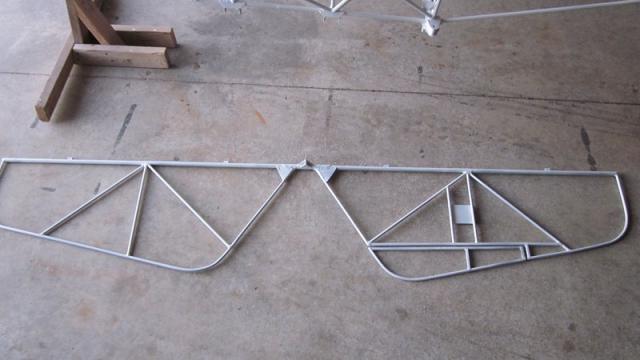
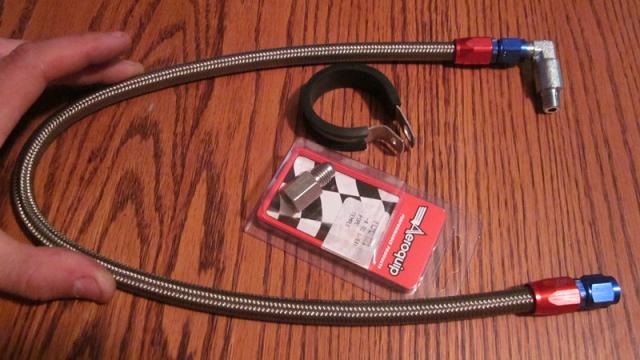
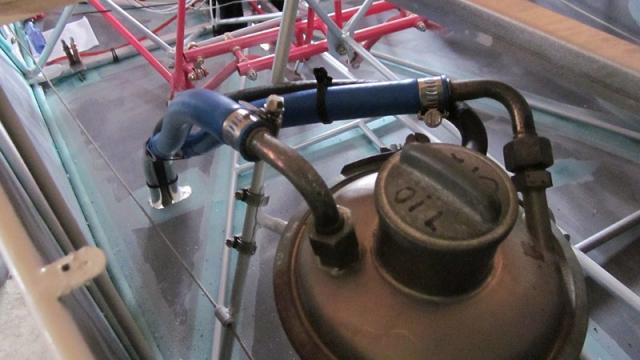

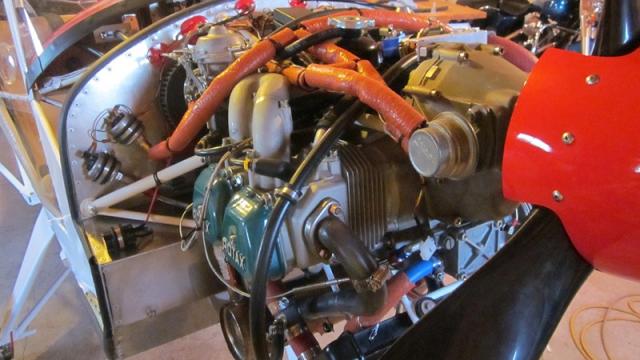

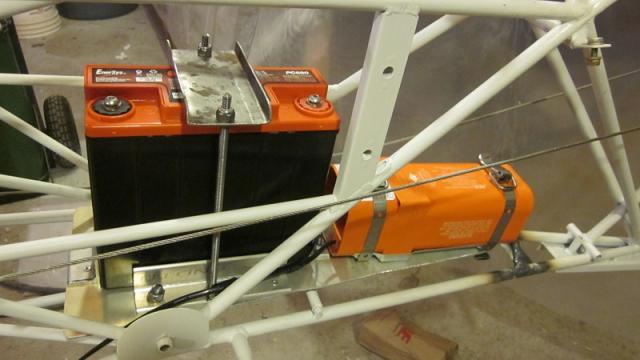
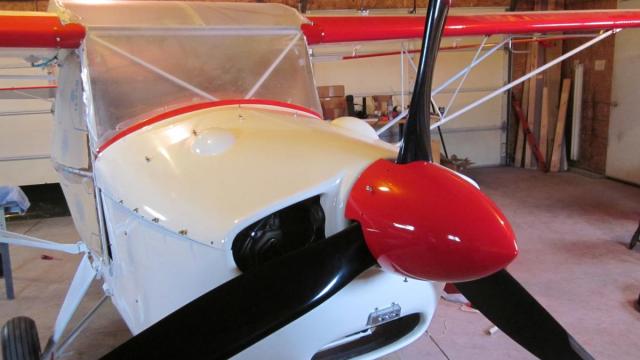
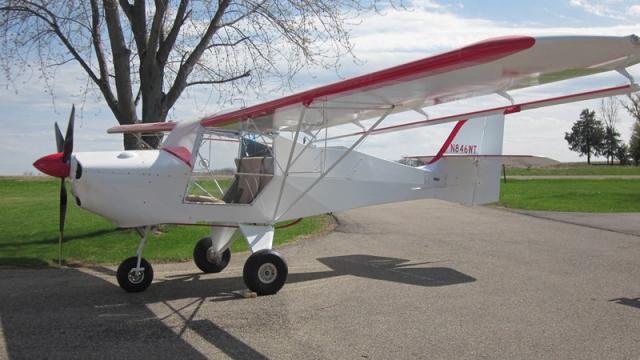
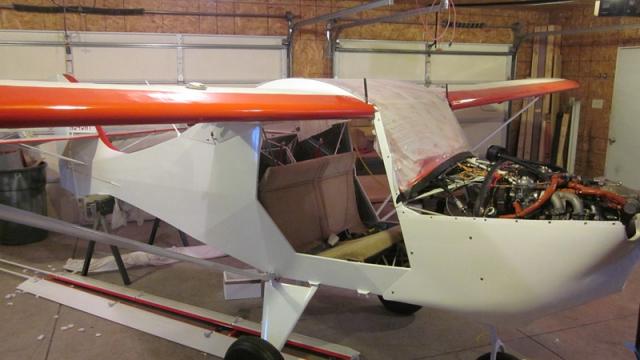
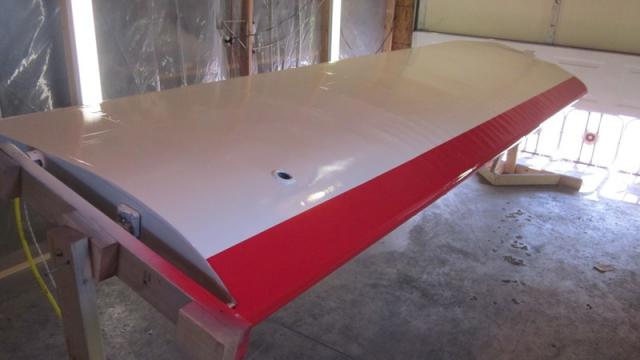
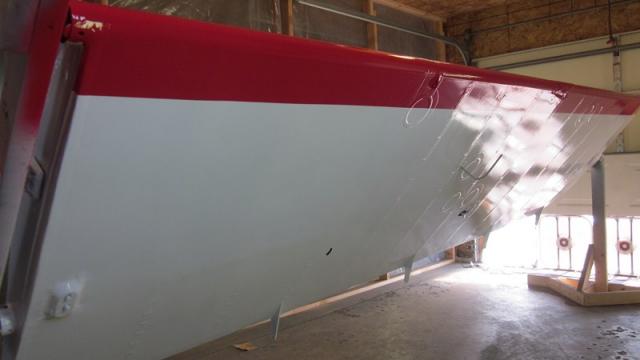
Highwing Cabane gear for sale
in For Sale and wanted, you got it, I want it
Posted
does this Kitfox gear have the same mounting locations as the Avid?